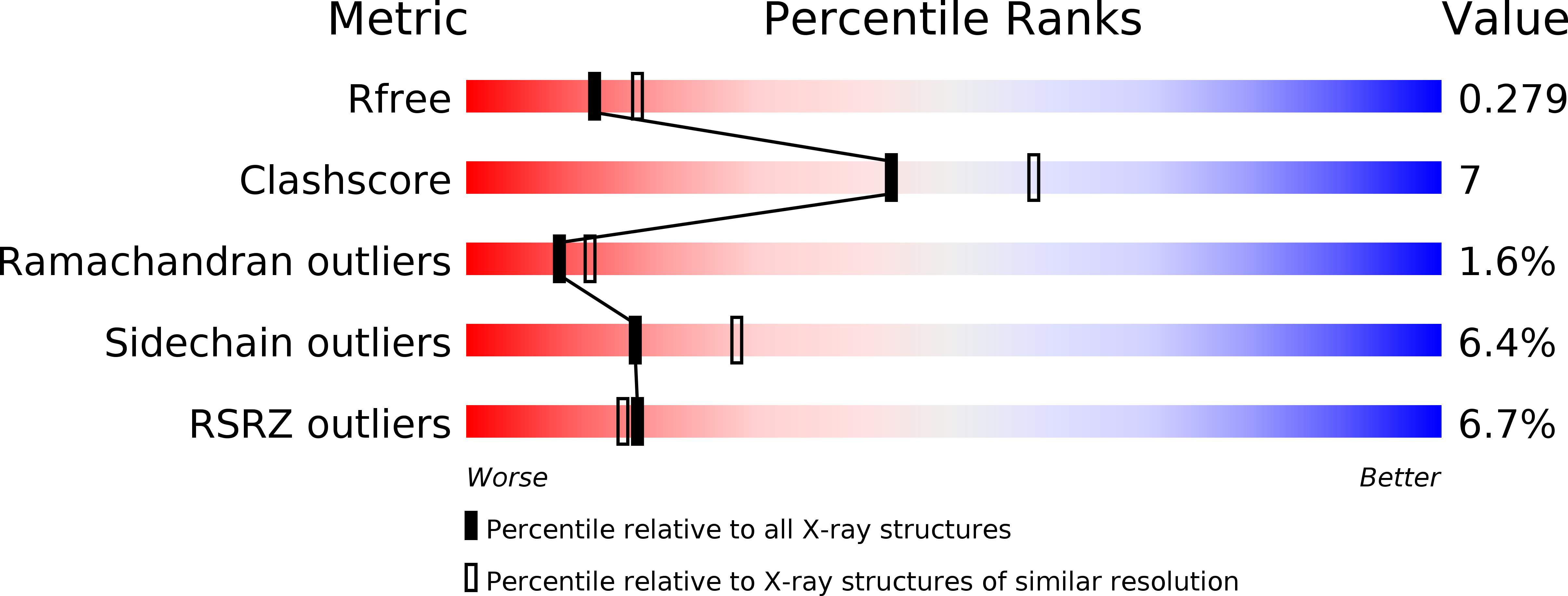
Deposition Date
2012-10-30
Release Date
2012-11-28
Last Version Date
2024-11-06
Entry Detail
PDB ID:
2YPL
Keywords:
Title:
Structural features underlying T-cell receptor sensitivity to concealed MHC class I micropolymorphisms
Biological Source:
Source Organism:
HOMO SAPIENS (Taxon ID: 9606)
HUMAN IMMUNODEFICIENCY VIRUS (Taxon ID: 12721)
HUMAN IMMUNODEFICIENCY VIRUS (Taxon ID: 12721)
Host Organism:
Method Details:
Experimental Method:
Resolution:
2.40 Å
R-Value Free:
0.27
R-Value Work:
0.22
R-Value Observed:
0.22
Space Group:
P 21 21 21


